I’m Shawna Kaminski, aka ‘The Pull Up Queen’. You’re going to think I’m a little biased when I start talking pull ups, but hear me out.
I can easily do 20+ pull ups and my bench isn’t too shabby either. Consider that I’m a 49 year old mother of two and former Catholic school-teacher as well, I was never a gymnast or Cirque de Soleil performer. I’m just an ‘average’ woman with some above average skills. I’ve got a few things I can tell you to help with both your pull ups AND your bench press.
Go to any gym and the most common question asked is ‘how much can you bench?’ Traditionally this is ‘the’ measure of upper body strength and power. More accurately, if you’re looking for a measure of upper body relative strength, you should ask ‘how many pull ups can you do?’
Nobody asks this, but pull ups are a great indicator of overall upper body functional strength similar to the bench press. Many people with an impressive bench press struggle with body weight pull ups let alone weighted pull ups.
Guess what? Training with pull ups will actually increase your bench press, so along with getting impressive functional strength, you’ll get impressive bench numbers too when you incorporate more pull ups in your training.
Win-win.
Why?
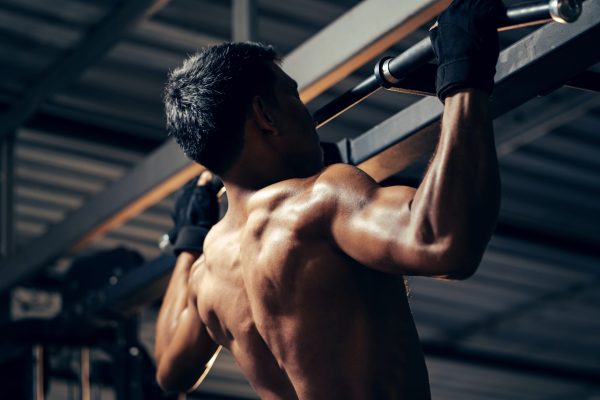
As you know, it’s imperative to have a strong base of support when bench pressing. It’s necessary to keep the shoulder blades together and depressed. The expression ‘shooting a cannon from a canoe’ can be used as an analogy with the bench press. Poor scapular stability is going to lead to poor transfer of force that will in turn result in poor bench performance.
The good news is that vertical pulling, such as is done with the pull up, will develop scapular stability. You’ll develop a solid foundation from which you can push weight on the bench. In addition, the pull up reduces muscle imbalances created by doing heavy pushing exercises. Pulling muscles are often overlooked and under developed.
If you currently can’t do many pull ups, I want to share three tips to help you:
First off let’s talk body position. Pull ups should really be called chest ups. Your goal is to get your chest under the bar. This allows you to utilize the stronger muscles of the back and directly increase scapular strength and stability versus pulling with just the arms or biceps.
A common mistake many make is that they inwardly rotate the shoulders as they try to bring the chin up and over the bar. Rather, squeeze the shoulder blades together, think elbows down and back to work the upper back. More strength and power will come from the larger muscles of the back this way.
One of the best ways to improve pull up strength is through eccentric training. You can use a variety of assisted pull ups to get your chest up to the bar, then slowly lower your body from the bar using control. It’s the lowering from the pull up bar that builds strength.
Controlled cheating is perfectly acceptable when increasing pull up power. I don’t recommend cheating on loaded movements due to the risk of injury, but the pull up is different. Traditional progressive resistance training methods don’t apply. Once you’ve maxed out with your own power on the pull up, add a ‘kip’. Drive the knees forward to transfer power from the lower body to upward momentum. Doing a kipping pull up is like doing a ‘forced rep’ and ultimately will increase your overall strength and power on the pull up.
Convinced that you need to start doing pull ups now?
Not only will you look like a super freak athlete when you knock out rep after rep of pull ups, but your bench press will also improve.
And, if nothing else, consider the little lady in the corner (me) spanking you on the pull up bar to light a fire under your butt to get started.
http://criticalbench.com/goto/morepullups
As told to CriticalBench.com by Shawna Kaminski

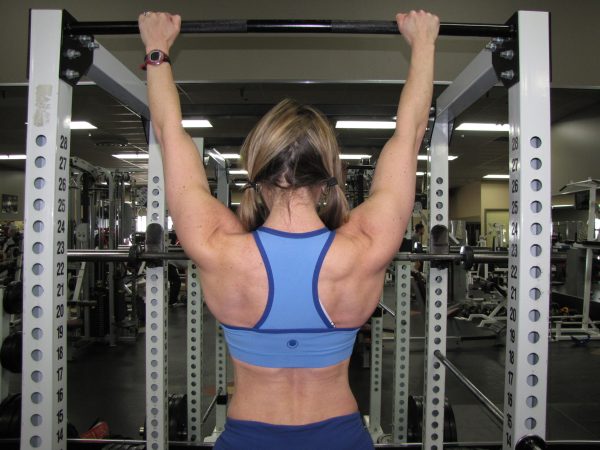

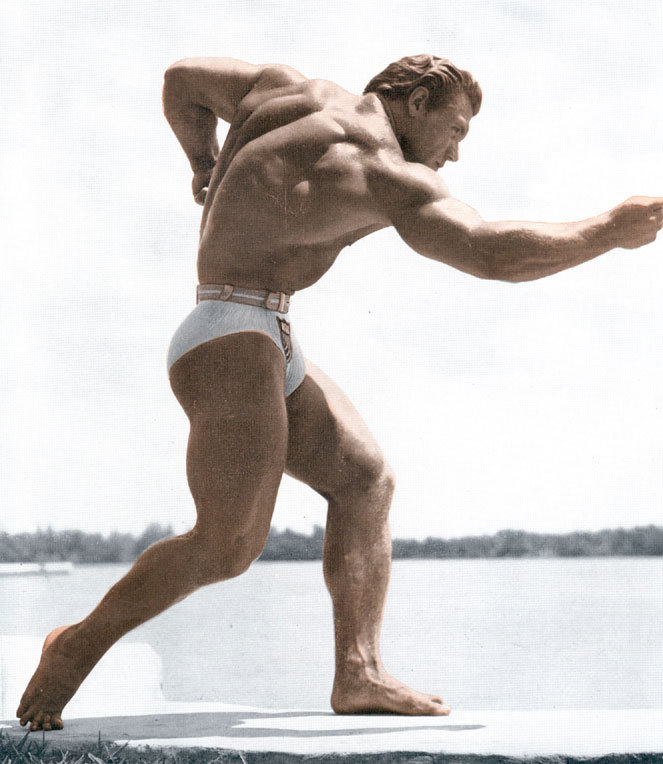
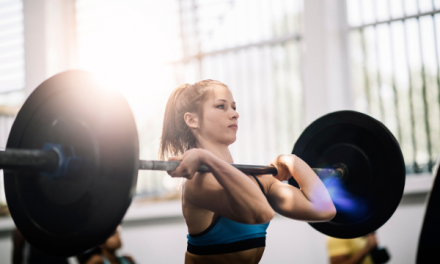
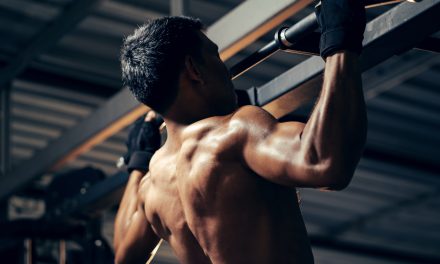







Thanks for letting me share on your blog Mike 😉
solcicito tus ofrecimientos en idioma español para poder comprar, ya que de lo contrario es inutil que me sigas enviando mensajes y ofrecimientos que no se entienden
tarining shoulder is one of the most beautiful exercises given to the body beautiful and l key force in the body farmers better first exercise bar and shook the vaun the vaun the device the bar gives strength and muscle device given configuration thank you so much for wonderful shook VIDEO
Of course, anytime! Thanks for your time.
Awesome article and video Shawna! I like the idea of improving your pull-up to increase your bench. Thanks!!
Amazing stuff.
Incredible how you can knock off 20 reps, like nothing.
Rick Kaselj
.
Thank you for sharing these important tips! Pulls ups has always been a challenge for me, and Shawna’s tips has helped! Thank you!
A beautiful device to the back and front shoulder and use Aldembalz given the power of concentration and an increase in muscle size and I prefer diversification play Thank you
wow! Excellent info! I’ve kept away from doing pull-ups because they are so hard to do. I’ll give Shawna’s suggestions a try today when I hit the gym. Appreciate the insight!